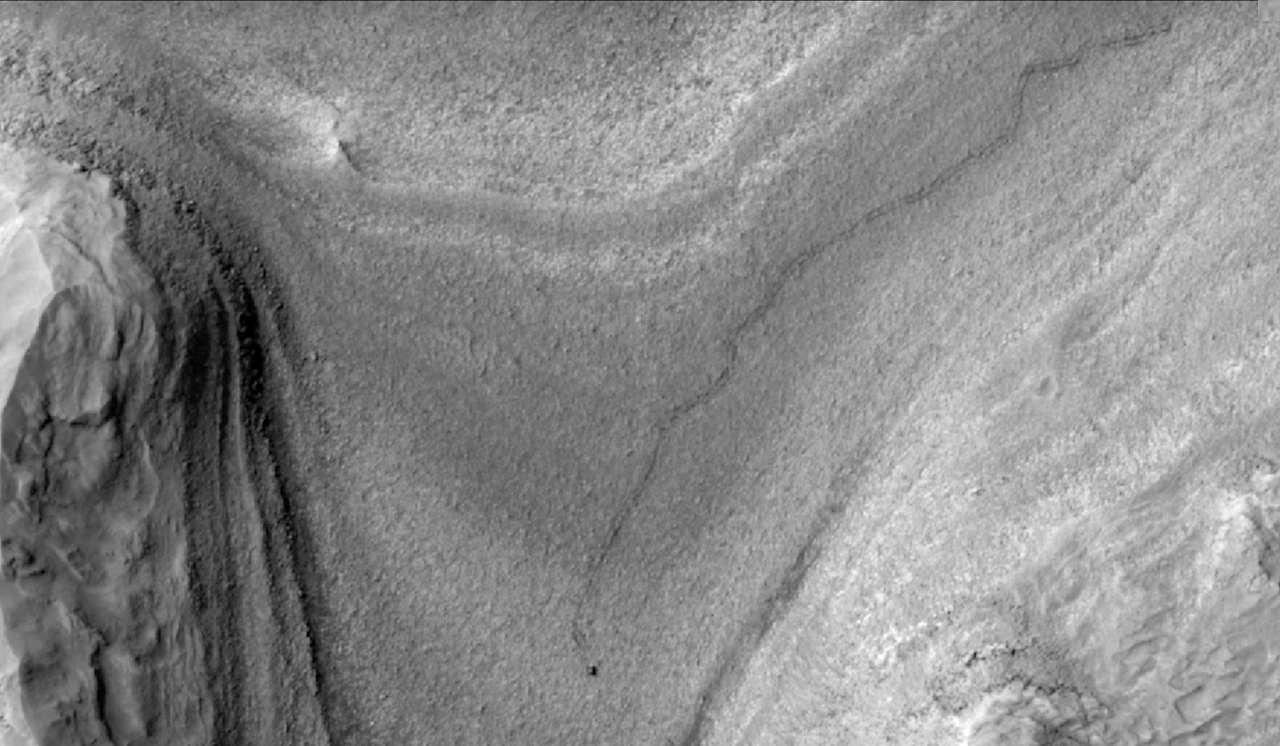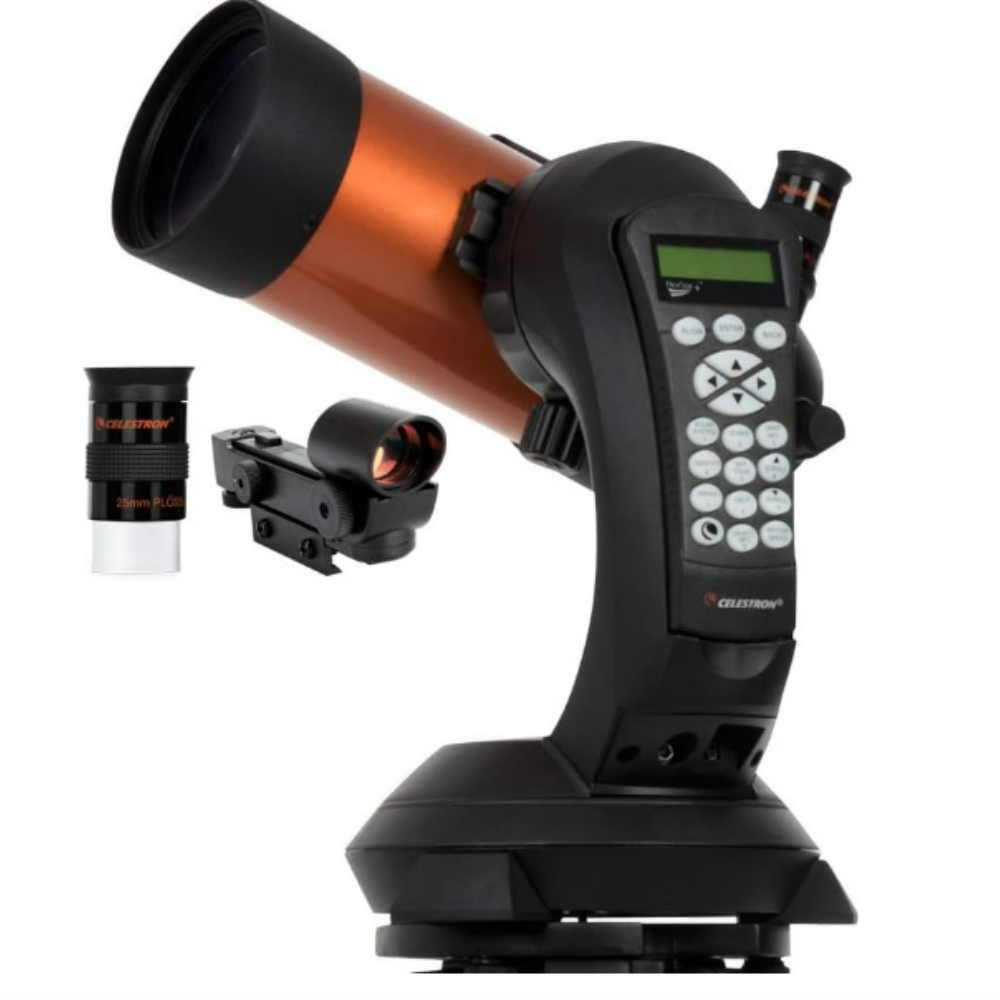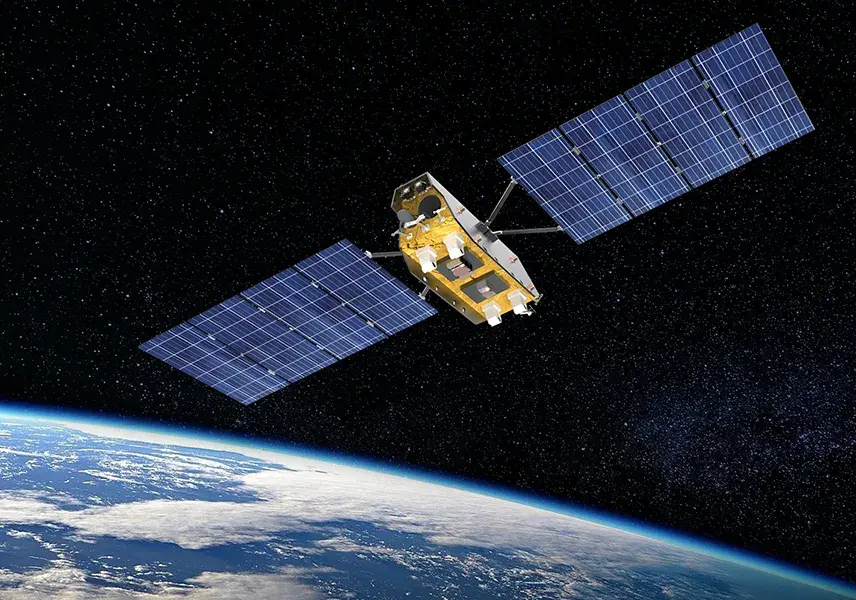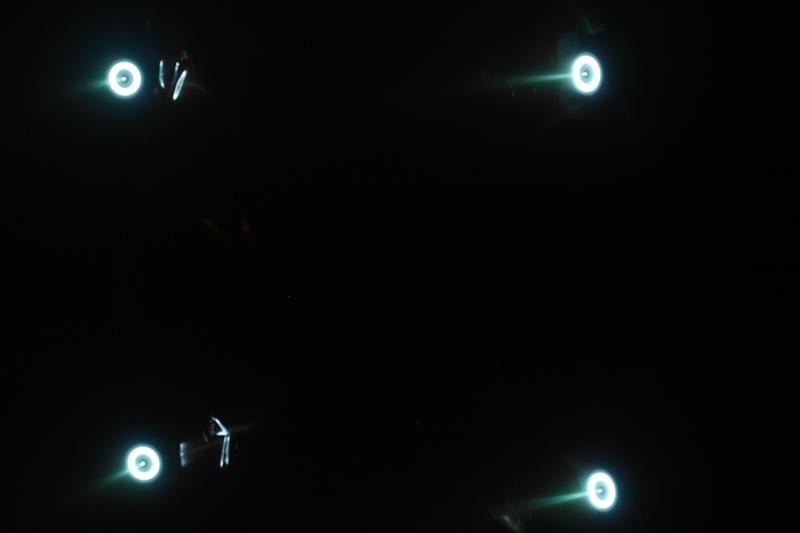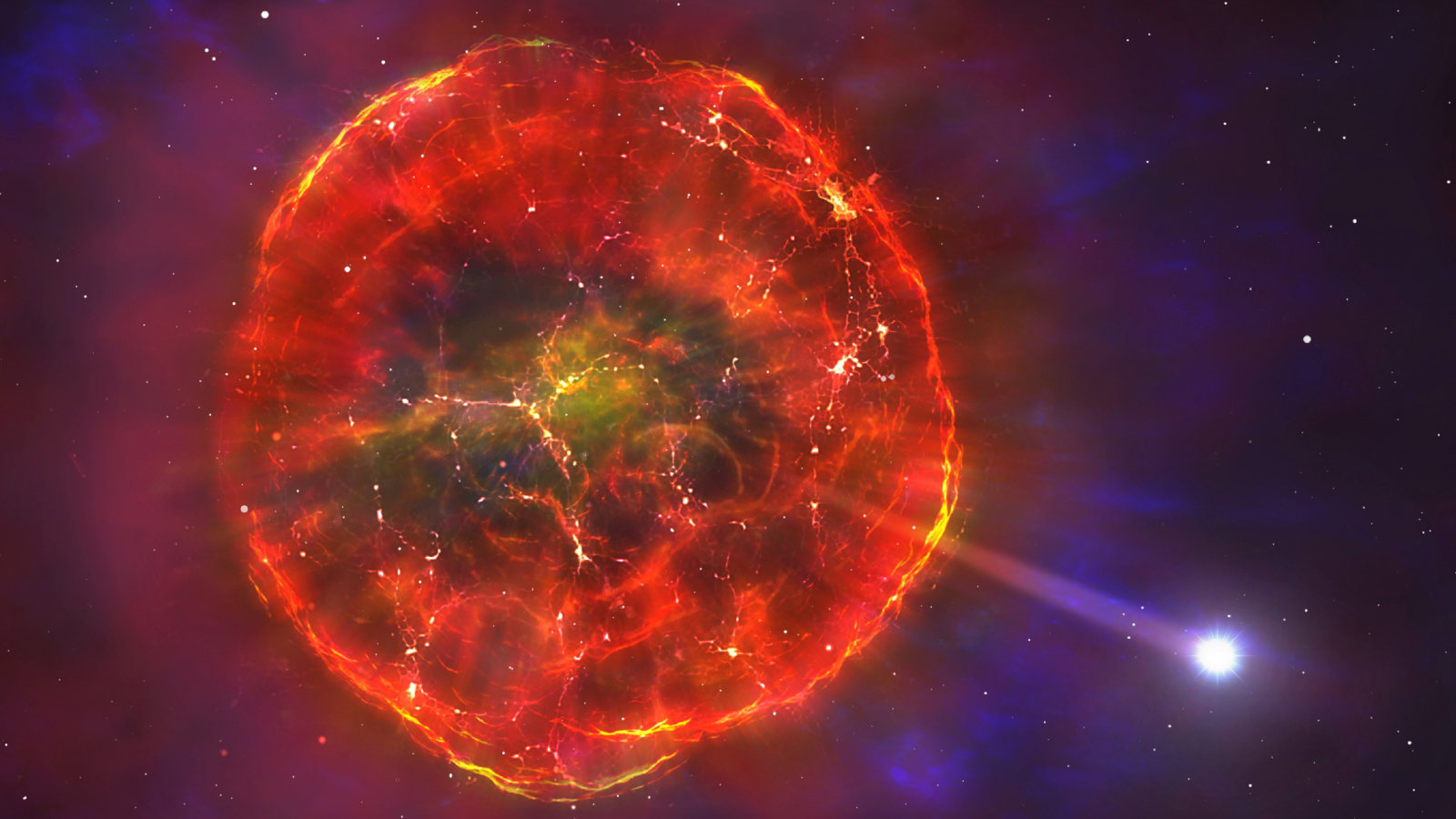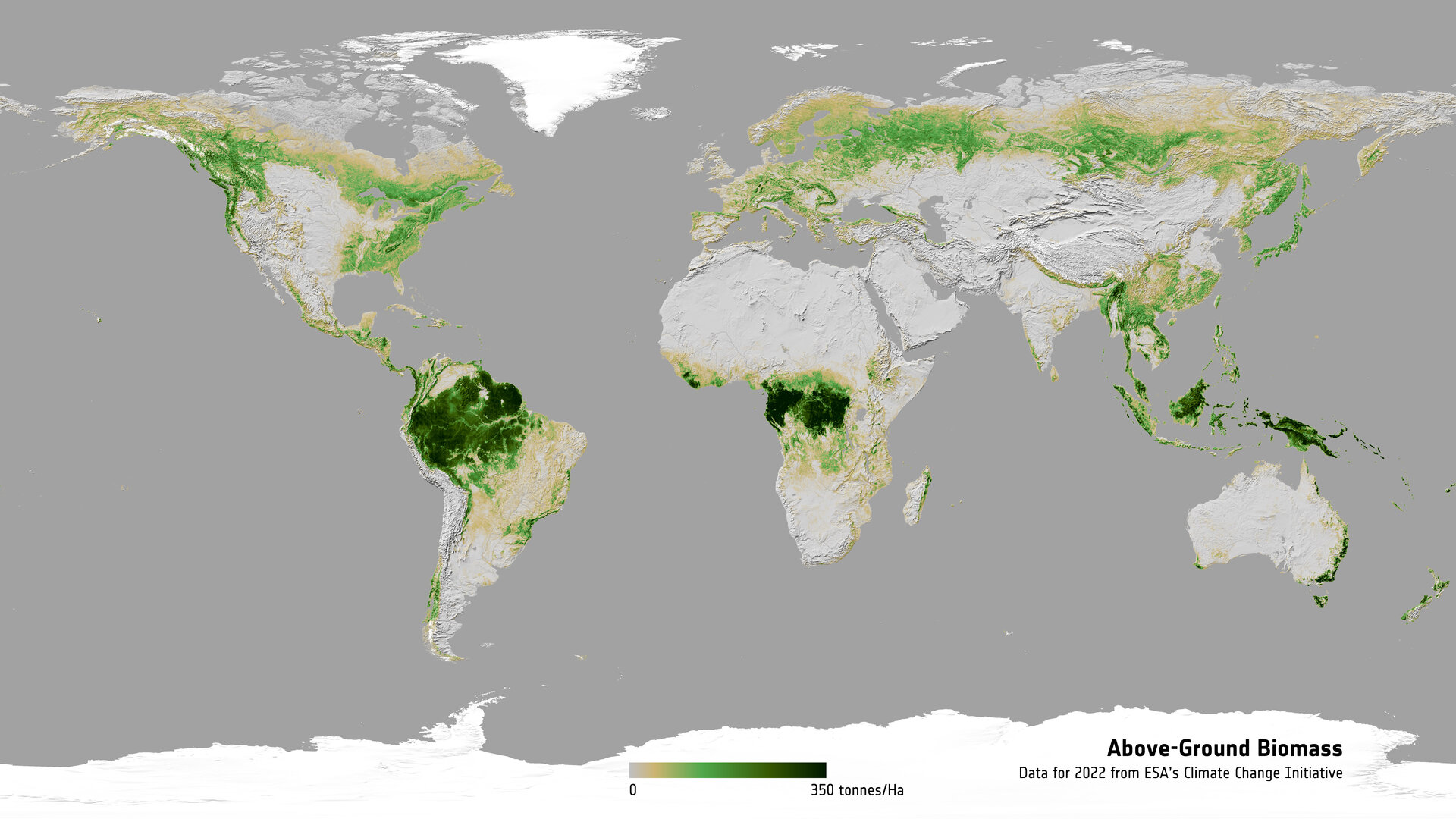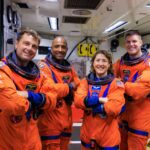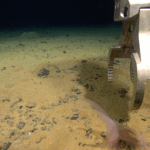NASA’s Curiosity rover appears as a dark speck in this contrast-enhanced view captured on Feb. 28, 2025, by the HiRISE camera aboard NASA’s Mars Reconnaissance Orbiter. Trailing Curiosity are the
Hot Posts176- Page
Friday, May 2, presents a perfect opportunity to catch the mighty ice giant Neptune close to the planets Saturn and Venus in the pre-dawn sky, before they break their close-knit
Join our newsletter to get the latest military space news every Tuesday by veteran defense journalist Sandra Erwin. WASHINGTON — Matthew Lohmeier, President Trump’s nominee for undersecretary of the Department
Micrographs of fresh (a) and 6 day old (b) SD1T cells stained with acridine orange at 1000x magnification (500 nm Ex./526 nm Em.). Bright spots (a) were common among cells. Terminal spores
TAMPA, Fla. — Saudi Arabia-based geostationary operator Arabsat signed a deal May 14 for broadband capacity from Telesat’s proposed low Earth orbit constellation, a day after SpaceX CEO Elon Musk
The U.S. Space Force tested new thrusters designed for satellites that will keep tabs on spacecraft and other objects near the moon. Space Force’s Space Systems Command (SSC), in conjunction
Magnetars are surrounded by the most powerful magnetic fields in the known universe, but these dead stars are also surrounded by plenty of mystery. And now, thanks to the Hubble
A disintegrating planet orbits a giant star. Credit Jose-Luis Olivares, MIT MIT astronomers have discovered a planet some 140 light-years from Earth that is rapidly crumbling to pieces. The disintegrating
Do you ever feel like the universe is smiling down on you? Well, in the predawn hours of April 25 it literally will be thanks to a double conjunction that
Applications 02/05/2025 286 views 6 likes As the new Biomass satellite settles into life in orbit following its launch on 29 April, ESA has released its most extensive satellite-based maps
-
 012024 in Review: Highlights from NASA in Silicon Valley
012024 in Review: Highlights from NASA in Silicon Valley -
 02Panasonic Leica Summilux DG 15mm f/1.7 ASPH review
02Panasonic Leica Summilux DG 15mm f/1.7 ASPH review -
 03From Polymerization-Enabled Folding and Assembly to Chemical Evolution: Key Processes for Emergence of Functional Polymers in the Origin of Life
03From Polymerization-Enabled Folding and Assembly to Chemical Evolution: Key Processes for Emergence of Functional Polymers in the Origin of Life -
 04How New NASA, India Earth Satellite NISAR Will See Earth
04How New NASA, India Earth Satellite NISAR Will See Earth -
 05And Thus Begins A New Year For Life On Earth
05And Thus Begins A New Year For Life On Earth -
 06Astronomy Activation Ambassadors: A New Era
06Astronomy Activation Ambassadors: A New Era -
07SpaceX launch surge helps set new global launch record in 2024


